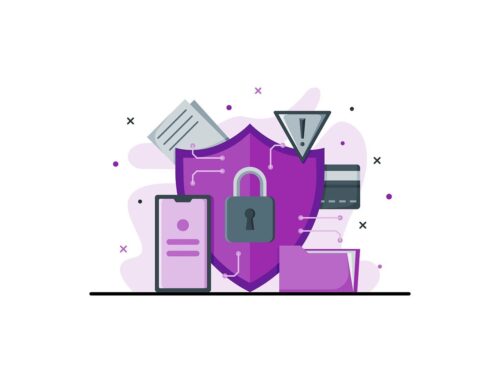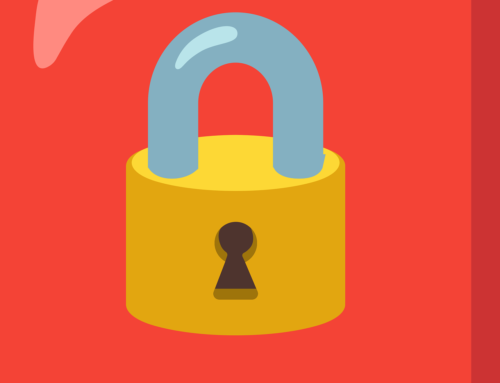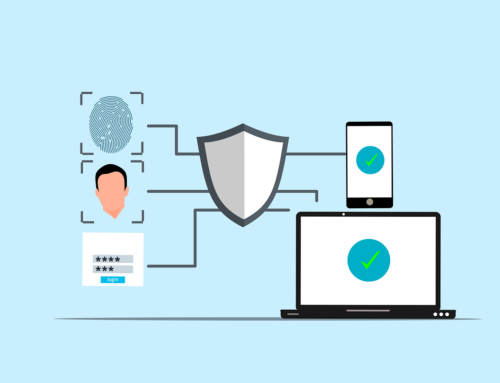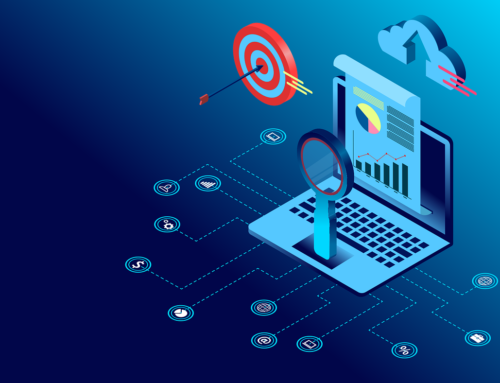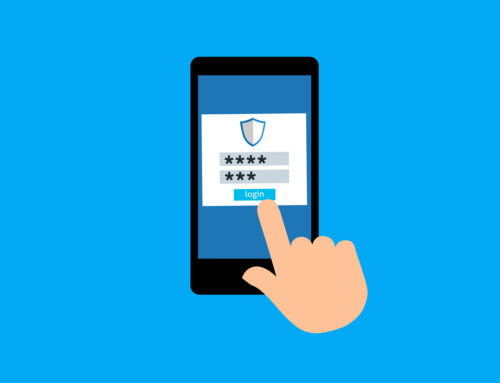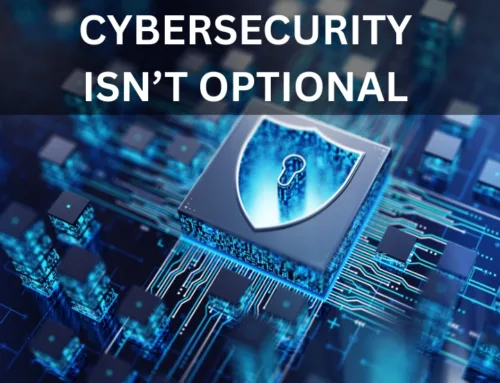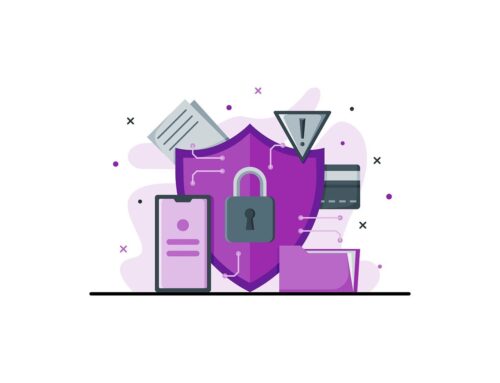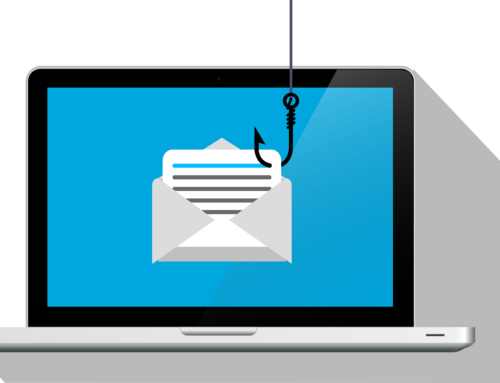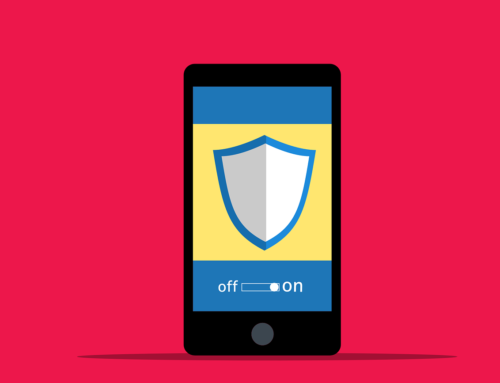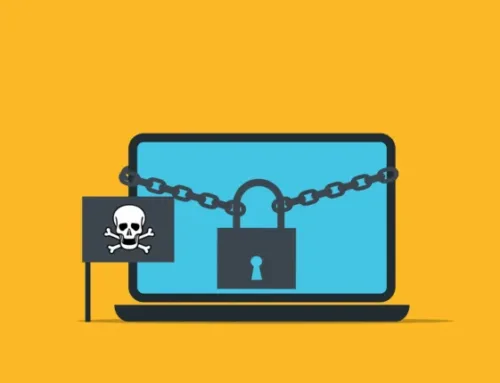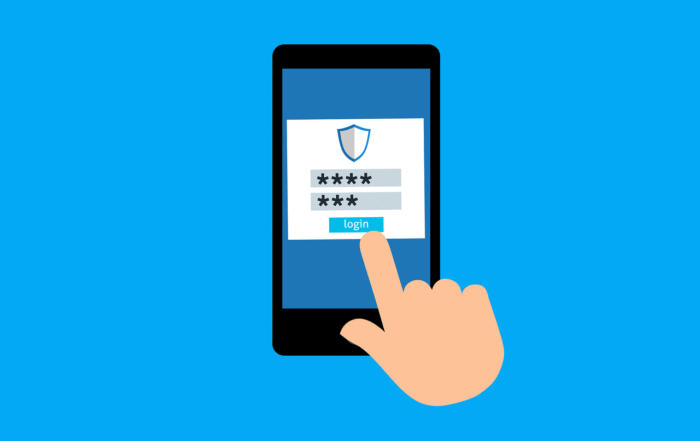
It’s critical to remain ahead of potential dangers in the ever-changing field of cybersecurity. As a vital component of strengthening digital defences, Identity and Access Management (IAM) ensures that only authorised users may access critical resources. This extensive article will detail the importance of IAM. Also, how does it integrate with current cybersecurity protocols and how does it improve digital security? While at it, please review our Remote Work Cybersecurity and Defending Against Saas Ransomware articles.
Understanding Identity and Access Management:
Fundamentally, identity and access management is a complex security architecture created to control user identity management and authentication, limiting access to digital resources. Think of it as a digital guardian that verifies user information. Furthermore, it keeps an eye on and regulates access levels.
Why Identity and Access Management is Critical for Cyber Security in 2024:
In 2024, IAM systems must be robust due to the increasing sophistication of cyber attacks. In an increasingly linked digital world, protecting sensitive data requires improving security measures and efficiently managing user access.
Existing Cyber Security Protocols and Identity and Access Management:
IAM works in unison with current cybersecurity procedures. It is not an isolated system. Because of its adaptability, it can strengthen and supplement an organisation’s overall security posture to provide a comprehensive defence system.
Identity and Access Management’s Important Role in Cyber Security
Authentication and Access Control
- Minimises Password Problems: IAM’s sophisticated authentication techniques, like single sign-on (SSO) and biometrics, mitigate common password-related weaknesses, lowering the possibility of unwanted access.
- Employ multi-factor authentication (MFA): By requiring users to authenticate their identities using a mix of things they possess, something they know, and something they are. MFA implementation through identity and access management offers an additional layer of protection.
- Stop Unauthorised Access: By acting as an impenetrable digital barrier, identity and access management keeps unauthorised people from accessing sensitive data or vital systems.
Security Measures
- Enhanced Cybersecurity: Identity and Access Management changes cybersecurity by offering a thorough and flexible defence against dynamic attacks. It does this by doing more than just patching vulnerabilities. It serves as both a tactical shield and a tool.
- Reducing Insider Threats: Insider threats are detected and lowered with the help of IAM’s ongoing monitoring features. Log anomalies are quickly identified and reported by monitoring user behaviour and stopping harmful activity.
- Boosting Data Security: Information and Management is more than user access. It’s about data security. IAM ensures that private information stays private and unaltered by limiting who may access what. Furthermore, we recommend you review our Security Skeleton and Password Manager articles to learn more about data security.
- Enhance Security Posture: When strategically deploying IAM, an organisation’s cybersecurity strategy is strengthened. Therefore, it reinforces its security posture and resistance to changing cyber threats.
Compliance and Governance
- Improving Regulatory Compliance: Identity and Access Management becomes essential for compliance during strict data protection laws. It ensures businesses follow the law by giving them the required audit trails and controls.
- Assure Compliance: IAM’s robust audit trails and access controls ensure adherence to legal standards, industry-specific rules, and data protection statutes.
User Lifecycle Management
- Simplifying User Provisioning and Deprovisioning: By automating user lifecycle management, Identity and Access Management improves the efficiency and security of the onboarding and offboarding procedures. One crucial component is the prompt removal of access for departing personnel.
- Simplify User Management: IAM automates the onboarding and offboarding procedures. Thus, IAM reduces the chance of unwanted access while guaranteeing that access rights are correct and current. Meanwhile, please check out our article on Passkey And Passwords.
- Seek Assistance Setting Up Robust IAM Systems: Implementing an IAM solution that is specifically designed is ensured by consulting with cybersecurity specialists. This proactive strategy guarantees that the IAM system correctly matches the particular security requirements of a business.
Remote Access and Productivity
- Enabling Secure Remote Access: IAM makes it easier for employees to access organisational resources securely as remote work becomes more common. It guarantees that remote access is a managed and safe corporate network extension rather than a vulnerability.
- Increasing Productivity: IAM is a productivity enhancer in addition to security. IAM allows staff members to access resources efficiently and securely, increasing productivity.
Risk Mitigation
- Protect Against Insider Threats: Identity and Access Management’s close monitoring identifies and eliminates exterior threats. Also, keep an eye out for insider threats, which can come from within and potentially compromise a company.
- Decrease the Risk of Data Breaches: IAM offers a proactive defence against prospective cyber attacks. It’s done by drastically reducing the risk of data breaches through its strict access controls and attentive monitoring.
Conclusion: As we navigate the intricate cybersecurity landscape in 2024, adopting a robust Identity and Access Management (IAM) system is not merely a precaution—it’s a strategic imperative. By embracing IAM, organisations can fortify their digital defences, protect sensitive information, and stay ahead in the ongoing battle against cyber threats. Proactive IAM implementation is not just a choice but necessary for a secure and resilient digital future.
The AI Policy Playbook: 5 Critical Rules to Govern ChatGPT and Generative AI
ChatGPT and other generative AI tools, such as DALL-E, offer significant benefits for businesses. However, without proper governance, these tools can quickly become a liability rather than an asset. Unfortunately, many companies adopt AI without [...]
How to Use a Password Manager and Virtual Cards for Zero-Risk Holiday Shopping
Have you ever been concerned about your credit card or personal data getting stolen while shopping online? You’re not alone. Each holiday season, as millions of shoppers flock online for convenience, hackers ramp up their [...]











